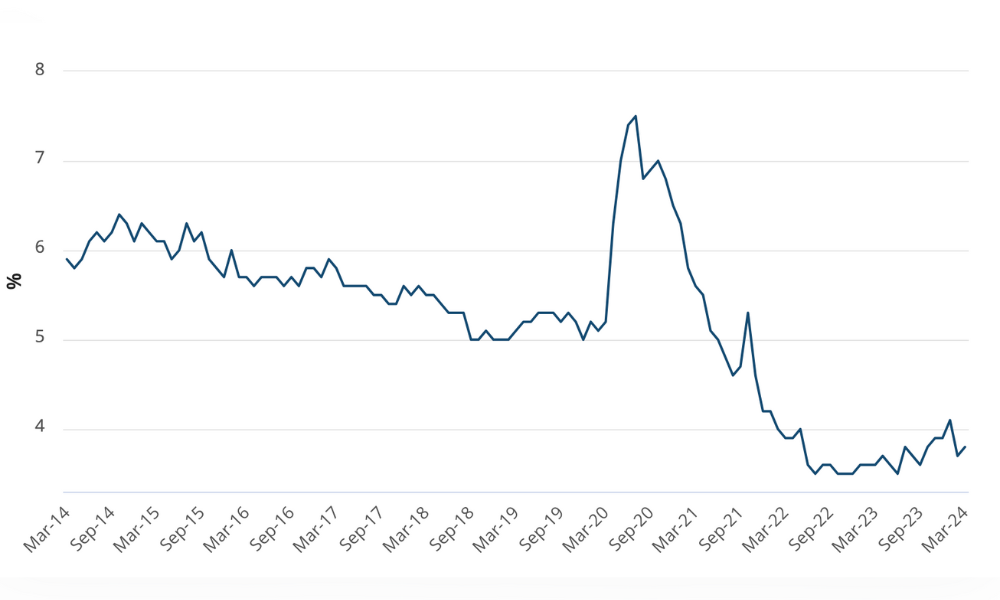Nice people working in nice professions often inadvertently create nasty workplaces – which HR managers can learn a lot from, writes David Creelman
Nice people working in nice professions often inadvertently create nasty workplaces – which HR managers can learn a lot from, writes David Creelman
It is ironic that some of the workplaces you expect to be the nicest are the most dysfunctional. I’ve come across bitter petti ness in a university religious studies department, yoga studios that treat teachers callously and small consultancies set up by friends that quickly destroyed that friendship. Even lovely hobby activities like a community garden can reveal the unlovely side of human nature. One woman spent days laboriously carting away “her” soil when she was leaving a garden plot, because she hated the idea of the next person benefiting from it.
Nice people working in nice professions often inadvertently cre ate nasty workplaces. This surprising outcome delivers some lessons in good HR management.
Why nice people create nasty workplaces
People frequently make two mistakes in understanding what makes for a good workplace; one is called the fundamental attribution error and the other is a mistaken dislike of structure.
The fundamental attribution error, is assuming behaviour is driven by personality rather than by the situation. If you see a sales repre sentative arguing with an accounting clerk ,it’s natural to assume it’s because one of them isn’t being nice – we attribute the behaviour to the personality of the people involved. If you are in a nice profession like religious studies, you assume that this sort of thing simply won’t happen because everyone will work hard to be good. In fact, human behaviour is frequently driven by the situation rather than personali ty. If a sale representative feels they need to entertain clients, while the accounting clerk has been told to be strict on allowing entertain ing expenses, then conflict is bound to arise. Conflict usually arises because of the situation, not the personalities.
The second damaging assumption is that rules and structure are just annoying bureaucratic practices we are better off without. This assumption occurs because we notice when things go wrong, not when they go right. We scarcely notice when our computer operat ing system is working correctly, but when something goes wrong we are quick to curse it. The same thing happens in organisations: the rules, the structures, the hierarchies, all come to our attention when they get in our way. Nice people think they can get rid of these troublesome traditional features of or ganisations.
These two incorrect assumptions lead peo ple to rely on niceness to create organisational harmony – and that is simply not enough to get a group of people to work well together.
What leads to good workplaces?
What actually leads to good workplaces? Two important elements are structure and results.
Structure includes all those organisation al elements HR puts into place; like clear ex pectations, conflict resolution procedures, unambiguous reporting lines and well-defined processes. Structures don’t need to be particularly rigid or bureaucratic, but they need to be there to minimiSe conflict. Continually working to keep the structures working well will lead to a happier workplace.
The other factor in a good work place that may be overlooked by nice people is results. People are gener ally happier when the organisation is achieving its goals. The objective of the organisation need not be partic ularly noble for people to find success highly motivating, even if the mission of a team is as pointless as kicking a ball into a net, it can ignite great pas sion. The telling point here is that peo ple will happily put up with a lot of problems if their team or organisation is achieving great results. This is not a matter of compensation or bonus es (although these can be important too), people are driven to achieve goals, and an organisation that achieves its goals can often be a great place to work.
Dr. Bob Sutton wrote a well-loved book called The No Asshole Rule en couraging organisations to show no tolerance for jerks. However, organi sations should also pay attention to the “No Bozo Rule” which argues that organisations should show less tol erance to people who are nice but are hopeless at doing their job. People like getting things done and bozos make for an unhappy workplace.
A role for niceness and the role of HR
Before we give up entirely on nice ness, it is worth noting that having nice people in the organisation does help. Sutton was right; we should fire people who are jerks. Furthermore even if people are not nice by nature we can train niceness as a skill. Man agers can be taught to ensure every one has a chance to voice their views in meetings. Leaders should learn to debate issues respectfully, even when they strongly disagree. It should be an expectation that employees reach out and be inclusive towards other employees.
The lesson for HR professionals is that, HR is the group with expert ise on the factors that lead to an ef fective workplace. Too often, HR peo ple seem to end up in narrow silos where they are the expert on labour law or recruiting practice or com pensation design. These specialities are important, but the bigger role of the HR professional is being the per son who understands how people and organisations work and know the elements required to make a work place that is effective and yes, a workplace that is nice.
David Creelman is CEO of Creelman Research, providing writing, research and commentary on human-capital management. He can be reached at [email protected]








